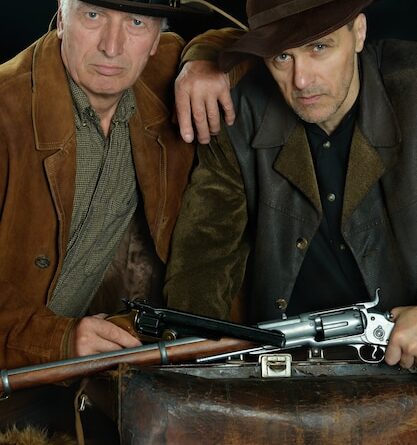Slowing Down with a Traditional Kentucky Rifle: A Modern-Day Connection to the Past
Quick Read
Slowing Down with a Traditional Kentucky Rifle: A Modern-Day Connection to the Past
In today’s fast-paced world, it’s easy to get lost in the hustle and bustle of daily life. With smartphones constantly pinging notifications, emails filling up our inboxes, and social media vying for our attention, it can be challenging to find moments of calm and reflection. But for those seeking a deeper connection to the past and a chance to slow down, look no further than the traditional Kentucky Rifle. This iconic piece of American history offers more than just a means of recreation or self-defense; it’s an invitation to step back in time and embrace the simple pleasures of life.
The Rich History of the Kentucky Rifle
First developed in the late 1700s, the Kentucky Rifle was a long-barreled, muzzleloading rifle that quickly gained popularity among frontiersmen and settlers in the Bluegrass State. Its distinctive features, such as a narrow waist and heavy stock, made it an accurate and effective hunting weapon. Over the years, this rifle became synonymous with Kentucky culture and helped shape the region’s identity.
A Modern-Day Connection to the Past
Slowing down and appreciating the finer things in life is something we can all benefit from, especially in an age where technology often takes precedence over personal experiences. By learning the art of shooting a Kentucky Rifle, one can rediscover the joy and satisfaction that comes from connecting with nature and honing a valuable skill.
The Art of Shooting a Kentucky Rifle
Shooting a Kentucky Rifle is more than just aiming and pulling the trigger. It requires patience, dedication, and a deep understanding of the weapon itself. From carefully loading the rifle with powder and ball to finding the perfect rest for your shot, every step is an opportunity to connect with the past and immerse yourself in the history of this iconic firearm.
The Rituals Surrounding Kentucky Rifle Shooting
An essential part of the Kentucky Rifle experience are the rituals and traditions that surround the activity. From gathering with like-minded individuals at local shooting ranges to sharing stories and enjoying a hearty meal, these moments foster camaraderie and build lasting memories.
The Lasting Impact of the Kentucky Rifle
As we continue to navigate our modern world, it’s crucial that we find ways to stay grounded and connected to our past. The traditional Kentucky Rifle offers a unique opportunity to do just that – to slow down, embrace the simple pleasures of life, and learn from the wisdom of those who came before us. Whether you’re a seasoned shooter or just starting out, there’s no better time to discover the joy and satisfaction that comes from this timeless American tradition.
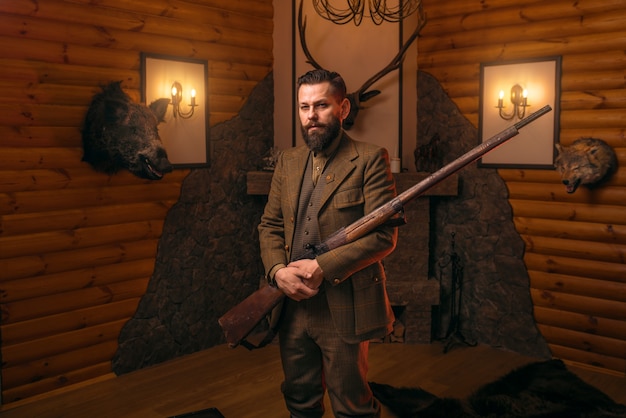
The Traditional Kentucky Rifle: A Legacy Worth Preserving
I. Introduction
The traditional Kentucky rifle, a long-barreled, muzzle-loading hunting weapon, holds an important place in American history. Originally crafted in the late 18th and early 19th centuries, these rifles were renowned for their accuracy and effectiveness during hunting expeditions. Their use became widespread in the Kentucky region, hence their name. The Kentucky rifle is a testament to the ingenuity and resourcefulness of early American settlers.
Historical Significance
The Kentucky rifle was more than just a tool for survival; it was an integral part of the cultural fabric of America. Its use spanned from hunting to military applications, and its influence extended beyond the borders of Kentucky. The rifle’s distinctive features, such as a long, heavy barrel, patch box, and open sights, set it apart from other firearms of the time.
Preserving Historical Traditions
In today’s fast-paced world, it is all too easy to overlook the importance of preserving historical traditions. The Kentucky rifle, with its rich heritage and tangible connection to our past, serves as a reminder that we must not forget the stories, values, and skills that shaped our nation. By continuing to appreciate and learn from these traditions, we can better understand our history and ensure it is not lost to the sands of time.
Personal Connection
For me, the Kentucky rifle holds a special place in my heart. I was introduced to this historical treasure by my grandfather, who instilled in me an appreciation for the craftsmanship and history behind these rifles. Watching him carefully restore a Kentucky rifle passed down through generations sparked my curiosity, leading me on a journey to learn more about this remarkable piece of American history.
History and Origins of the Traditional Kentucky Rifle
Origin of the term “Kentucky rifle”
The term “Kentucky rifle” originated from the region where this distinctive long rifle became most popular – Kentucky, which was then a frontier territory in the late 18th and early 19th centuries. Evolution from European long rifles started with the adoption of the lighter, more maneuverable American flintlock rifle in the late 17th century. The Kentucky rifle, however, took on its unique features around the late 1700s when early settlers began to improve upon these earlier designs.
Evolution from European long rifles
European long rifles, primarily German and English, were the foundation for the Kentucky rifle. These rifles featured a longer barrel (over 40 inches) and greater accuracy compared to muskets. The Kentucky rifle builders adopted these features, but also introduced several distinctive characteristics that made the weapon more effective in the wilderness.
Historical significance and impact on American frontier life
The Kentucky rifle played a significant role in American frontier life, particularly during the late 1700s and early 1800s. Its historical significance lies in its accuracy, portability, and versatility. The longer barrel enabled better aiming, while the lighter weight allowed for easy carrying over long distances. Additionally, the Kentucky rifle could be used with a variety of ammunition, including both round balls and flintlocks, making it a valuable asset for frontiersmen.
Famous users, craftsmen, and manufacturers
Numerous famous figures are associated with the Kentucky rifle, including Daniel Boone, Simon Kenton, and Davy Crockett. These men used the weapon not only for hunting but also as a tool for survival in the rugged frontier landscape. Additionally, several skilled craftsmen and manufacturers contributed to the production and spread of the Kentucky rifle. Among them were Jacob and Isaac Kirby, James and William Brassfield, and John and Henry Reed, who produced thousands of rifles during their careers.
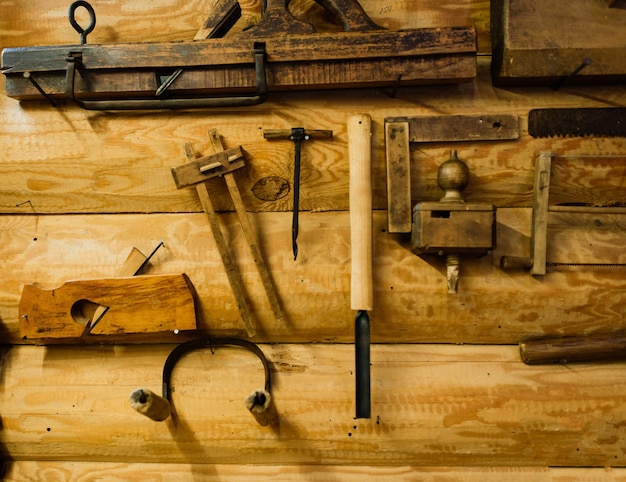
I The Art of Building a Traditional Kentucky Rifle
Building a traditional Kentucky Rifle is an intricate and rewarding process that requires dedication, patience, and a good understanding of woodworking and metalworking techniques. This section will outline the essential materials, tools, and steps required to build this iconic piece of American history.:
Materials and Tools Required
Types of wood, metal, and other materials: The primary woods used for Kentucky Rifles were usually white oak or hickory for the stock, and walnut or cherry for the forend. Metal components included brass for the lock parts, iron for the barrel band and ramrod, and steel for the flint and nipple. Other required items include a rifled barrel blank, wooden dowels, glue, sandpaper, and various hand tools.
Step-by-step process of building a Kentucky Rifle
Stock preparation and shaping: First, the stock blank is rough-cut to length using a saw or axe. The blank is then shaped with hand planes or drawknives to create the contours and fit of the stock. A mortise is cut into the buttstock for the lock, and tenons are added for the barrel and trigger guard. The stock is then smoothed with sandpaper and finished with a protective coating.
Barrel making and fitting:
The barrel blank is first rough-turned on a lathe to remove excess material. The rifling is then cut using a bore tool or purchased from a supplier. Once the barrel is rifled, it is fitted into the stock tenon and adjusted for proper alignment with the lock and sights.
Lock installation and finishing touches:
The lock is installed into the mortise in the buttstock, and the hammer, pan, sear, and other components are fitted. The lock is then tested for function and adjustment. The barrel is then bedded into the stock to ensure a secure and accurate fit. Finally, the rifle is finished with a protective coating, such as linseed oil or wax.
Modern resources for acquiring plans, materials, and guidance:
For those interested in building a Kentucky Rifle, there are numerous resources available to help with the process. Plans and instructional books can be purchased from various suppliers, such as link or link. Additionally, many local woodworking and gun clubs offer classes or workshops on traditional rifle building. Online forums, such as link, provide a wealth of knowledge and expertise from experienced builders.
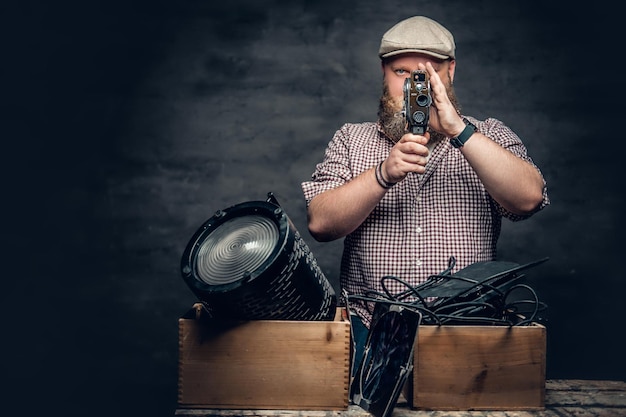
The Art of Shooting a Kentucky Rifle
Technique and Equipment:
Proper Stance, Grip, and Aiming Techniques
The Kentucky Rifle, a long-barreled, flintlock firearm, was the preferred weapon of early American settlers. To effectively utilize this gun, one must understand the fundamental techniques and employ the appropriate equipment.
Proper Stance:
Begin by assuming a stable stance with feet hip-width apart, and the dominant foot slightly forward. This will help maintain balance during recoil.
Grip:
Securely grasp the rifle’s forestock using both hands, with the trigger hand slightly ahead. Fingers should wrap around the stock, forming a C shape. The shooting hand thumb rests against the back of the trigger guard.
Aiming:
Position the rifle’s buttstock firmly against your shoulder, aligning the sights with your dominant eye. This will create a clear and steady image of the target.
Choice of Ammunition, Powder, and Shot:
Ammunition:
Select high-quality lead bullets, shaped to fit the rifle’s bore. Properly sized shot will ensure consistent accuracy and penetration.
Powder:
Use only finely-ground, pure black powder suitable for a Kentucky Rifle. An adequate charge of powder is essential to generate sufficient pressure for reliable ignition and firing.
Shot:
For small game, choose #6 or #7 lead shot for optimal pellet distribution and lethality. Larger game may require larger-sized lead balls or buckshot.
Safety Considerations and Precautions:
Handling:
Always keep the muzzle pointed in a safe direction, and never touch the pan or priming hammer while carrying an loaded firearm.
Storage:
Securely store your Kentucky Rifle and ammunition away from children, unauthorized individuals, and excessive moisture or extreme temperatures.
Firing:
Ensure a safe shooting environment with adequate ventilation and no spectators in the line of fire. Double-check that your target is clear before firing, and never shoot at water or other reflective surfaces.
Connection between the Shooter and the Rifle: Mindfulness and Focus
The art of shooting a Kentucky Rifle is more than just technique; it’s about the connection between the shooter and the rifle. With mindfulness and focus, one can truly master this classic weapon and appreciate its unique place in American history.
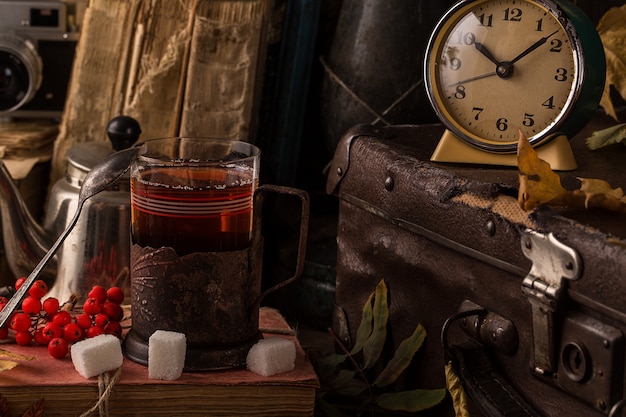
Modern Revival of Kentucky Rifle Culture
The Kentucky Rifle, a long-range, muzzleloading hunting rifle, once held great significance in American history. Originally popularized during the late 18th and early 19th centuries, this unique firearm has seen a modern revival among enthusiasts who value its historical significance and the challenges it presents. This resurgence is evident through various
organizations, events,
and
gatherings dedicated to the Kentucky rifle
.
Demonstrations, workshops, and competitions
Many groups, such as the link, organize events where members can learn about the Kentucky rifle and share their knowledge with others. These gatherings often include demonstrations of traditional firemaking techniques, workshops where attendees can learn to craft their own rifle components, and competitions that test the skills of participants in areas such as accuracy and shooting distance.
Museums, historical sites, and collections
The interest in the Kentucky rifle extends beyond community events. There are numerous museums, historical sites,
and private collections dedicated to preserving this piece of American history. One such example is the link, which features a large collection of Kentucky rifles and related items.
Modern makers and enthusiasts: Personal stories of connection and dedication
The modern Kentucky rifle community is also filled with individuals who have found a deep personal connection and dedication to this traditional craft. For some, it’s the challenge of mastering a skill passed down through generations that draws them in. Others are attracted by the rich history and stories behind each rifle.
“My great-grandfather made his own Kentucky rifle,” shares John D., a modern maker. “I grew up hearing stories about it and always wanted to learn how to do that for myself. Now, I’ve made several Kentucky rifles, each one unique in its own way.”
“I’m not just interested in the rifle itself,” explains Mary S., an avid collector. “Each one tells a story about the person who owned it, where they lived, and what their life was like back then.”
The revival of Kentucky rifle culture
is a testament to the enduring appeal of this iconic American firearm. From organizations and events to museums and personal collections, there’s a growing community of individuals who continue to celebrate the Kentucky rifle’s rich history and unique characteristics.
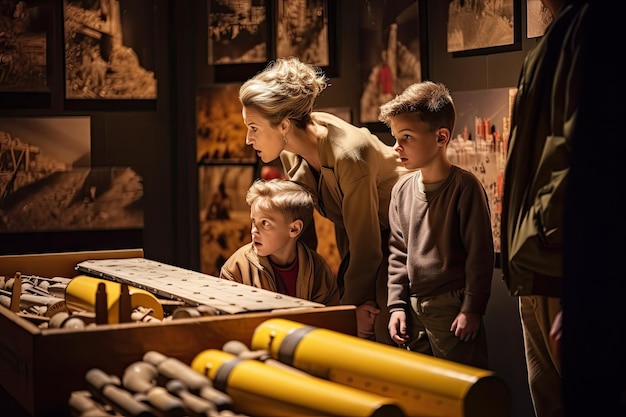
VI. Conclusion
As we conclude our exploration of the Kentucky rifle and its significant role in American history, it is essential to reflect on the value of historical traditions in modern times. Historical traditions, like the Kentucky rifle, provide us with a tangible connection to our past and offer valuable insights into the lives of those who came before us. In an increasingly fast-paced world, taking the time to engage in traditional crafts and hobbies can be a refreshing escape from the norm.
Reflection on the value of historical traditions in modern times
For instance, the Kentucky rifle represents more than just a firearm; it embodies a rich history of craftsmanship, innovation, and community. Learning about its creation and usage can broaden our understanding of American history and the people who shaped it. Similarly, engaging in traditional crafts, such as woodworking or blacksmithing, can provide a sense of satisfaction and fulfillment that comes from creating something with our own hands.
Encouragement for readers to explore their own connection to the past
We, therefore, encourage our readers to seek out their own connections to the past through various traditional crafts and hobbies. Whether it is learning to shoot a Kentucky rifle or exploring the history of quilting, these activities offer unique opportunities for personal growth and a deeper appreciation for our heritage.
Final thoughts on the importance of preserving and sharing historical knowledge
Moreover, it is crucial that we preserve and share this historical knowledge with future generations. The stories, skills, and traditions passed down from one generation to the next are essential in maintaining a vibrant and diverse cultural landscape. By fostering an appreciation for historical crafts and hobbies, we can ensure that these valuable traditions continue to thrive for years to come.
Preserving and sharing historical knowledge for future generations
In conclusion, the Kentucky rifle is more than just an antique firearm; it serves as a tangible link to our past, providing valuable insights into American history and craftsmanship. Engaging in traditional crafts and hobbies can offer a sense of connection to the past and personal fulfillment. By preserving and sharing this historical knowledge, we ensure that future generations continue to benefit from the richness and diversity of our cultural heritage.

